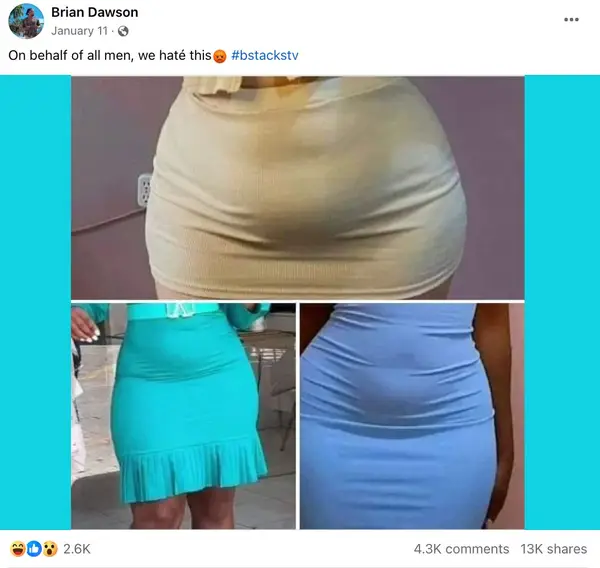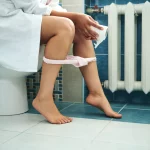The belly pooch, a common yet often misunderstood feature of female anatomy, has long been a subject of debate and fascination. While misconceptions abound, understanding the science behind this natural characteristic reveals more about its function, purpose, and beauty. Here, we’ll uncover the truth behind the belly pooch and why it deserves to be embraced.
Unpacking the Online Buzz: A Viral Debate

In recent years, the belly pooch has sparked countless discussions online. One viral post ignited controversy when a man claimed that this feature was universally disliked by men. The backlash was swift and diverse: men countered his statement, voicing their admiration for the pooch, while women rejected the notion that their bodies exist to meet societal expectations.
The conversation took an unexpected turn when some individuals falsely attributed the belly pooch to the uterus. This misconception gained traction after health influencer Colleen Christensen shared an Instagram post in 2020 suggesting her belly bump was linked to her uterus. Medical professionals quickly debunked this claim, highlighting the importance of separating myths from facts.
The Real Anatomy: Debunking Myths About the Uterus and Belly Fat
Dr. Lisa Erlanger, a clinical professor at the University of Washington School of Medicine, explains that the uterus is located deep within the pelvis, between the bladder and rectum. It does not contribute to the appearance of the belly pooch under normal circumstances. Conditions like pregnancy, postpartum changes, or fibroids can cause the uterus to expand, but these are exceptions rather than the rule.
Also: 10 Secrets Women Keep Hidden From Men And Will Never, Ever, EVER Release From The Vault
Dr. Stephanie Trentacoste McNally from the Katz Institute for Women’s Health further clarifies that the lower abdomen comprises multiple layers—skin, fascia, muscle, nerves, blood vessels, connective tissue, and fat. These layers collectively influence the belly’s shape and are the true culprits behind the pooch…. Click NEXT to read more


